Ryan Oliver is the founder of Pinnguaq, a game and app development company based in Pangnirtung, Nunavut. Last week, Pinnguaq hosted its second Pangnirtung Code Club with a handful of eager tech enthusiasts. Below is Ryan’s summary of the five days, which shows how quickly young Nunavummiut are embracing programming despite Nunavut’s less-than-desirable internet connection.
Okay, why is this not working…?
It can be a really positive thing to say when you’re teaching programming. The question teaches debugging, problem solving, and close and careful analysis of an art that requires incredible attention to detail. Ask the question and watch kids minds go over the logic of the program in front of them until they find the one flaw that is causing the break.
However, having to say it every morning in an effort to teach programming can be problematic. Pangnirtung Code Club is an event that we’ve held twice in Pangnirtung now and are rapidly expanding it into other communities. It’s based on Code Club World and it aims to teach the basics of computer science. First and foremost, it’s fun. We teach game design, graphic design, level design, and try and introduce kids to all facets of technology that we can jam into a five day session.
The following tracks the five days from Monday November 10th to Friday November 14th 2014 as we host the second week-long Pangnirtung Code Club this year in Pangnirtung, Nunavut.
Day 1: Monday, November 10th 2014
We have no idea how many kids to expect. I’m in the Pangnirtung Youth Centre with my partner, Michael Despault. Mike worked for over ten years at EA Sports and has recently moved full time into Pinnguaq. He’s the brains of what we do.
Right now his brains are trying to figure out why the Youth Centre’s internet isn’t working. I’m welcoming the kids as they come in. Everyone from the first session has come back, except for one student who is off at post secondary education, pursuing 3D animation and design –something she picked up in our first session. And we’ve got new ones too. Sixteen in total by the time they’re all in. But still no Internet.
Fortunately, we don’t need the Internet this morning. We have some games to play to get an idea of where every stands. We introduce binary code and play games that introduce logical thinking. Then we bring out Robot Turtles, a board game we kickstarted and translated into Inuktitut earlier this year. It teaches some basics around computer logic and the kids love it.
That afternoon we have the Internet working on most of the computers and introduce the kids to a basic lesson in the programming language Scratch. It’s straight forward, informative and very visual. By the end of day one everyone has built a game about a cat chasing a mouse. There is a metaphor in that, but I’m not clever enough to figure it out.
Day 2: Tuesday November 11th 2014
We start the day with a piece of software called Lightbot. It’s hosted online and naturally, the internet isn’t working this morning. By 9:45am we finally have it going through a combination of offline versions on iPads and the good will of the satellite Internet god (Satellonious the Merciful). Lightbot introduces the kids to functional programming and we’re impressed with how fast they pick it up. It takes our entire group 10 minutes, working together to solve puzzle 2-4, but it feels like magic when we finally figure it out.
The afternoon is spent on Artificial Intelligence. We try to break chatterbots online, expose them as non-human, then create our own basic chatbots in Scratch. It moves into conversations about “choose your own adventure” and early text adventures. Soon most of the room is playing Zork and developing an understanding that gaming use to be about figuring out how to speak to a computer, and now is about how it speaks to the user.
Day 3: Wednesday November 12th 2014
It’s clear the older kids are getting bored quick. Teaching a concept to a six year old takes about 4 times the time it takes to teach it to a 16 year old and our experiments with Lightbot prove that the teenagers in our group are ready to move into more complex programming concepts.
The Internet is particularly bad today. For some reason the router isn’t allowing more than 4-5 computers to connect at one time before the internet connection screams “uncle” and kicks everyone off in frustration. Fortunately we split the groups and only the older kids need a constant connection. It works, for the most part.
The teenagers move into Java Script with Mike, the ten year veteran of the AAA gaming industry, while I take the younger kids to continue our exploration of Scratch. The split pays dividends. While the older generation explores JavaScript through JS Dares and eventually by building their own robots in Robot Battle, the younger kids have time to really explore Scratch and understand the concepts behind it. We develop a multi-player racing game and hold contests to see who can be crowned the ultimate racer.
Day 4: Thursday November 13th 2014
A little more on Robot Battle mentioned above. It’s a Java programmed Robot fighting game. Each student is given a robot (contained within a file). They set conditions for each possibility in a battle, for example: “When hit by a bullet, do this,” “When you find the enemy, do this,” and so on. It’s fairly advanced for kids that only 3 days before had never programmed, but they pick it up immediately.
By mid-day we’ve got all five robots in a digital arena, battling. Joseph Akulukjuk’s robot “Alkatraz” wins a best-of-10 series and the grand prize of $5.00.
The younger kids move into creating their own original game in Scratch. We brainstorm on everyone’s favourite games and what they like about them and eventually settle on a game that will combine the ideas of Angry Birds Go, Transformers, Race the Sun, and Checkers. It’s called Transforming the Angry Sun and the group starts work on original artwork, music, and coding.
Meanwhile the older kids begin experiments with the Oculus Rift, which fail for the day. New display drivers are required for the computers, but they’re all online. They’re big files, and with Nunavut Internet, we don’t have time to download them. The computers the Youth Centre has are new, but they’ve got administrator passwords on them that no one seems to know. We eventually track down the guy who set them up and the admin passwords. They were all in Alberta. By the end of the day, we think we’ll be ready to introduce the kids to the Oculus… tomorrow.
Day 5: Friday November 14th 2014
The Internet isn’t working again and this time it’s because we’ve used up all the bandwidth. Last night, downloading the Oculus Rift software and drivers we needed must have killed it. We’re lucky as we find a second modem in the Youth Centre which still has some juice in it, and we can start the day. Bandwidth in Nunavut is as scarce as a warm day. It’s a constant battle, but we’re almost through.
This day is about Race The Sun, an independent game that was released by Wisconsin based, Flippfly, a few years ago. The kids in the class all know it, I’ve had it since it was released and shared it liberally with all who wanted a new experience. Flippfly has given us free copies to get going in the class and very quickly we’ve got the game up and running. We use the level editor and soon everyone from age 6 to 16 is making their own RtS levels. It’s a beautiful sight. I grew up learning how to design games with Duke Nukem 3D, Doom, and Warcraft level editors. Now they’re doing the same with a gnarly little Indie game.
We end the day with competition, celebration and virtual reality. We host gaming contests with the games we’ve made, with 4 player Ouya games (Duck Game and Hidden in Plain Sight – both highly recommended) and allow each kid a chance to experience the Oculus Rift DK2 sets and all the insane magic that Virtual Reality will soon be bringing to our homes.
After the last kid has ridden the virtual roller coaster, the week ends like it started. Our bandwidth on the second modem runs out, two computers crash and the thin wire of internet that was holding our makeshift network together gives up the ghost. It’s okay though, the kids are heading home having had a week of experiences that we hope they’ll carry with them well into the future.
It started with “Okay, why is this not working…?” but ultimately I think it all worked very well.
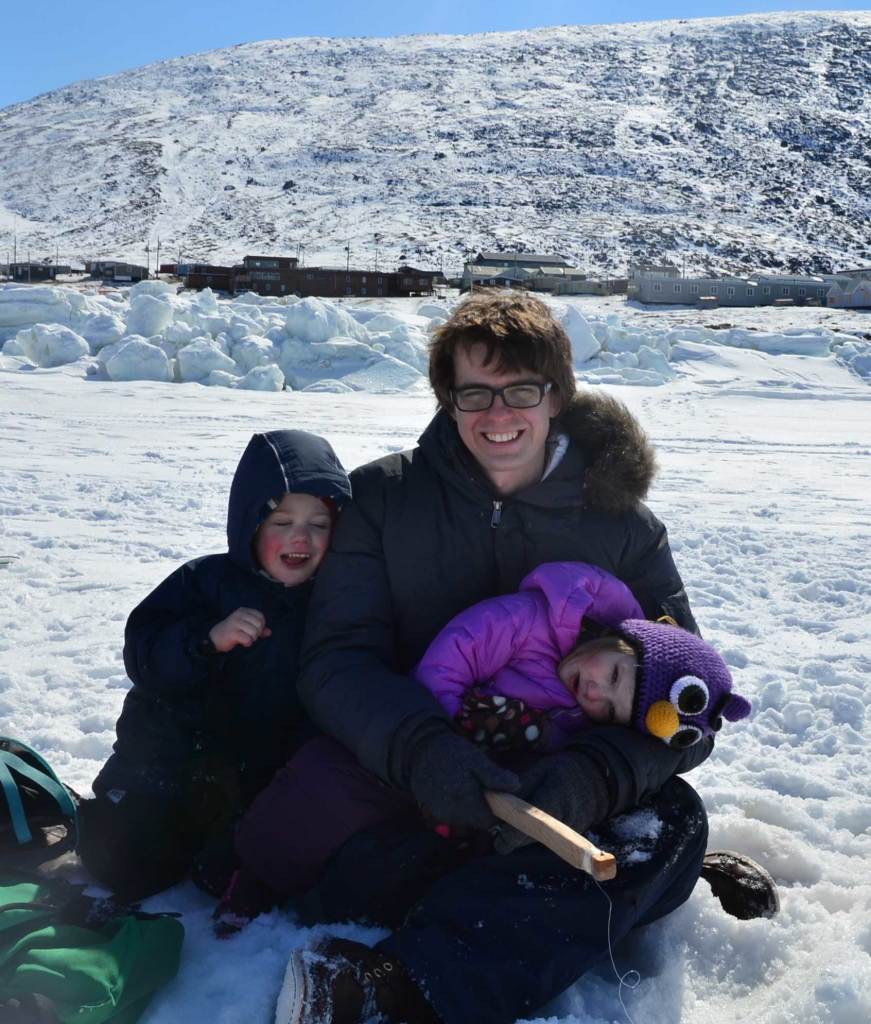
Ryan Oliver started a technology company (Pinnguaq) in a community where the Internet is among the worst in all of Canada and the world. For his encore he is planning on importing ice and selling it all across Nunavut. With that kind of business moxy, you know the territory has a bright future. Ryan also blogs regularly at Pinnguaq.com on Nunavut, Business, Technology and Gaming.
Interested in learning more about Pinnguaq or the Pangnirtung Code Club? Get in touch with Ryan via Pinnguaq’s website, Facebook page, and Twitter account.

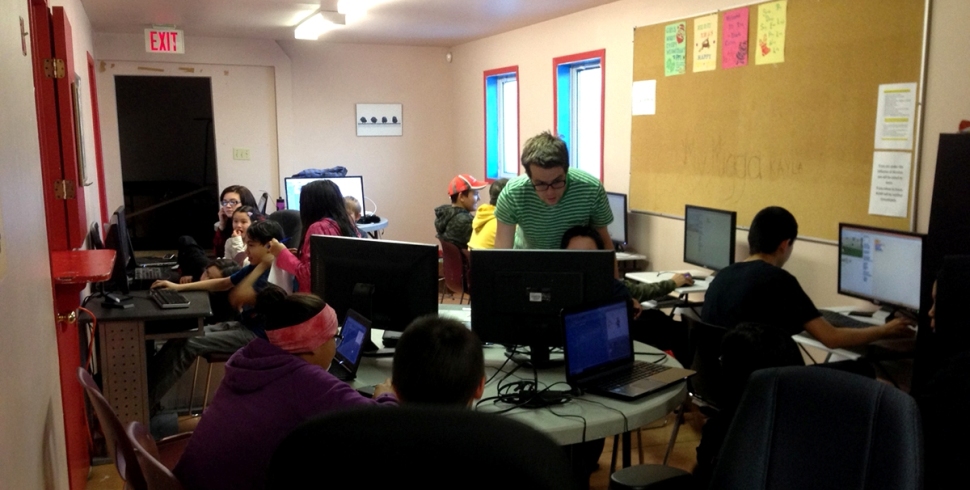
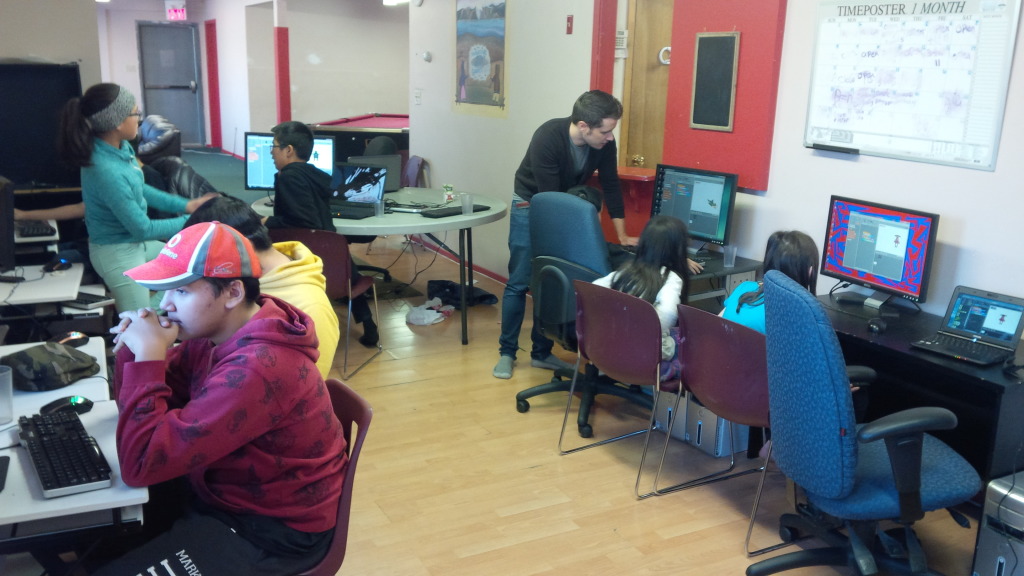
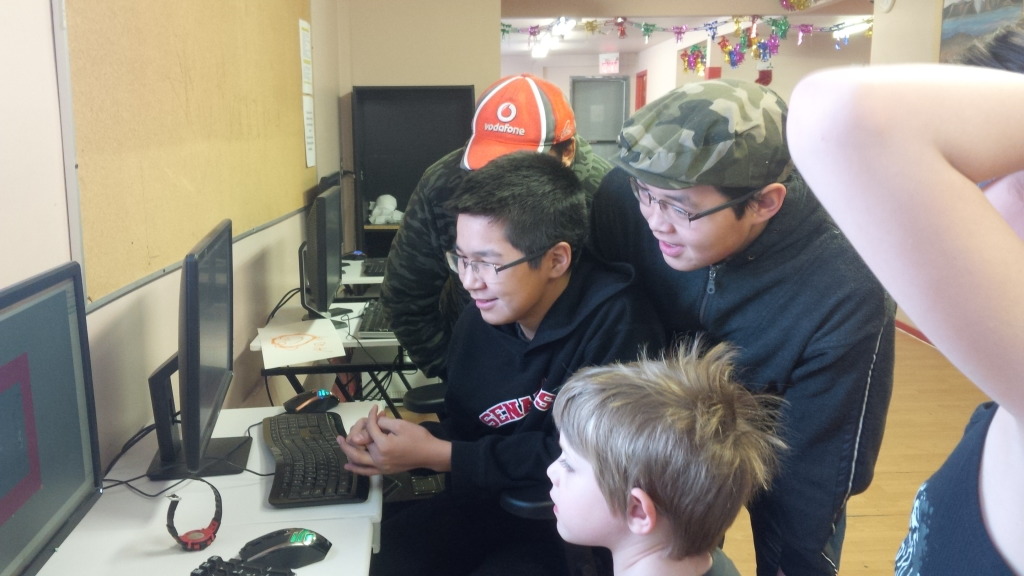
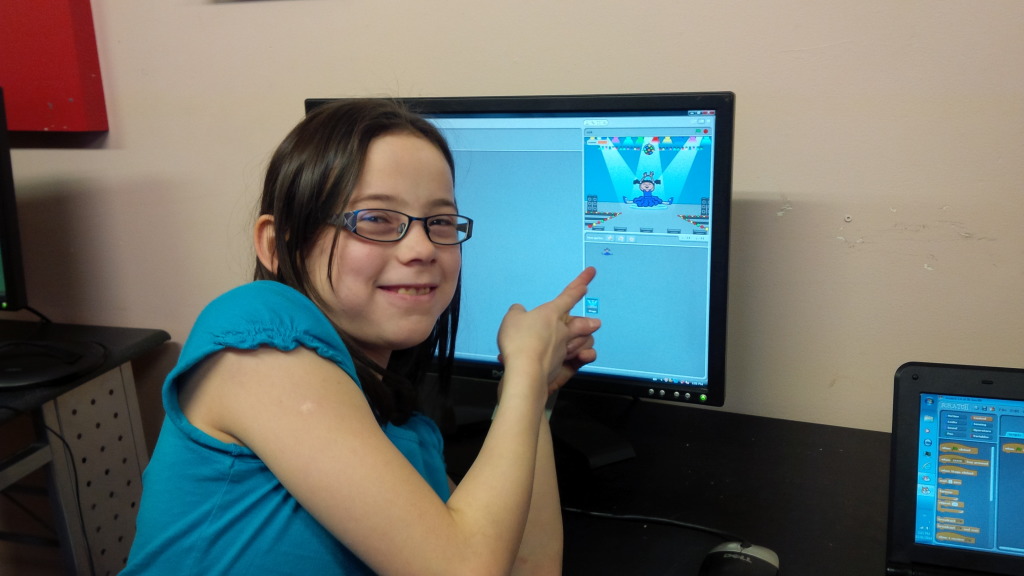
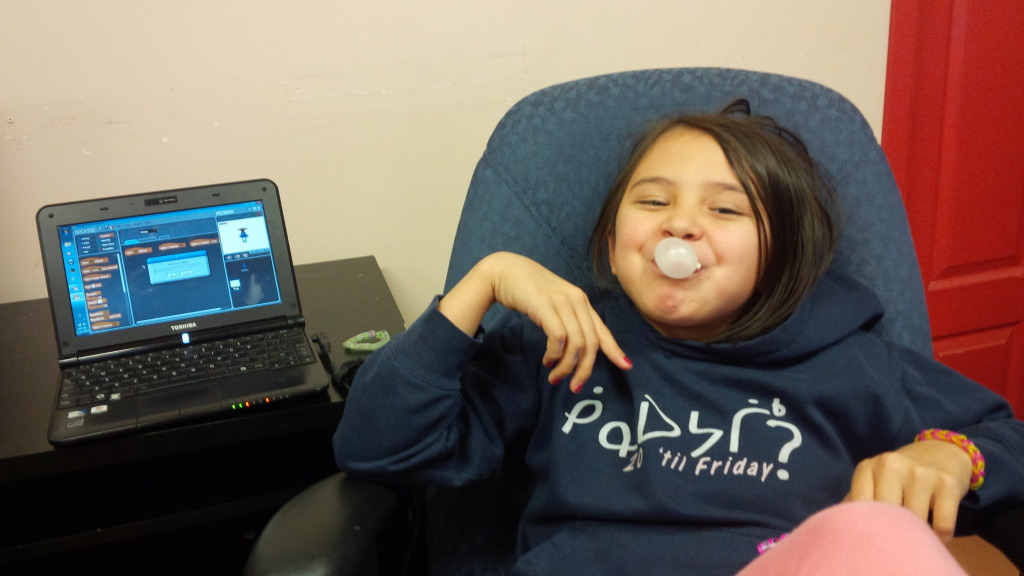
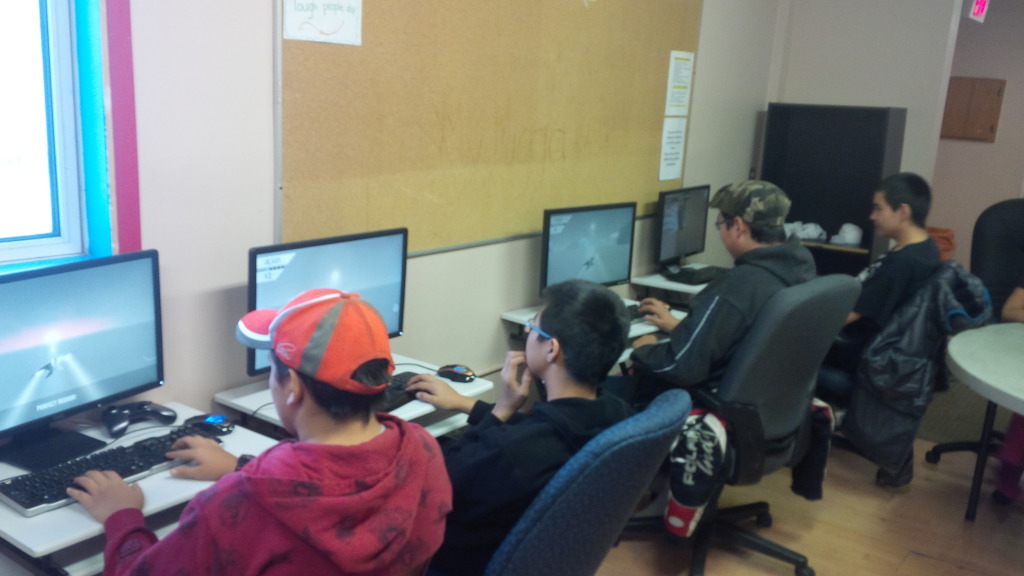







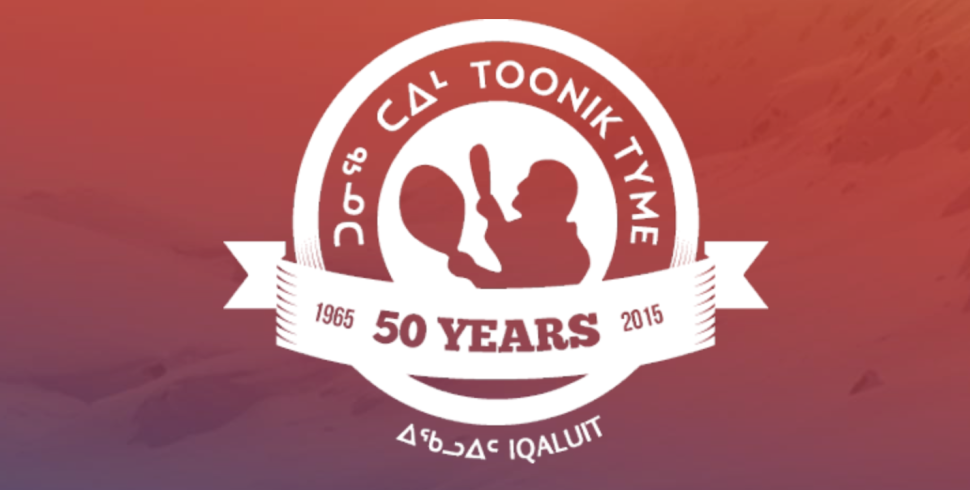




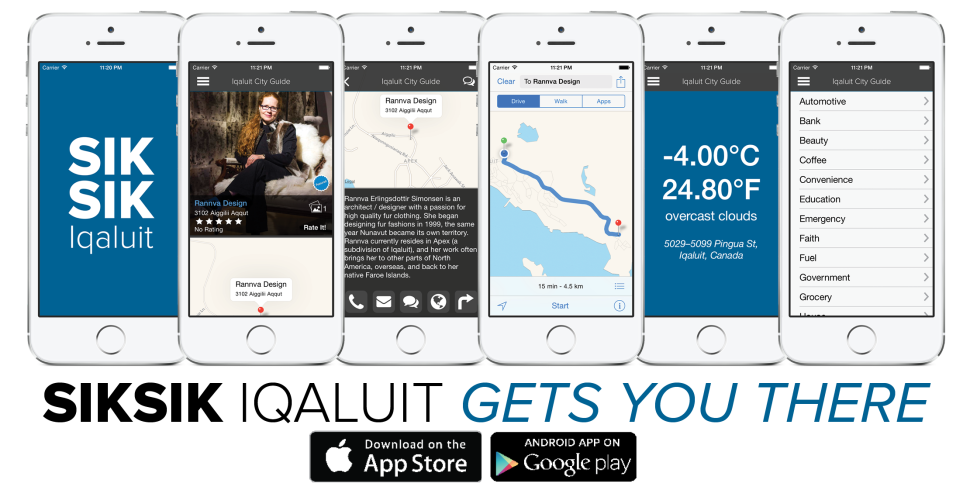



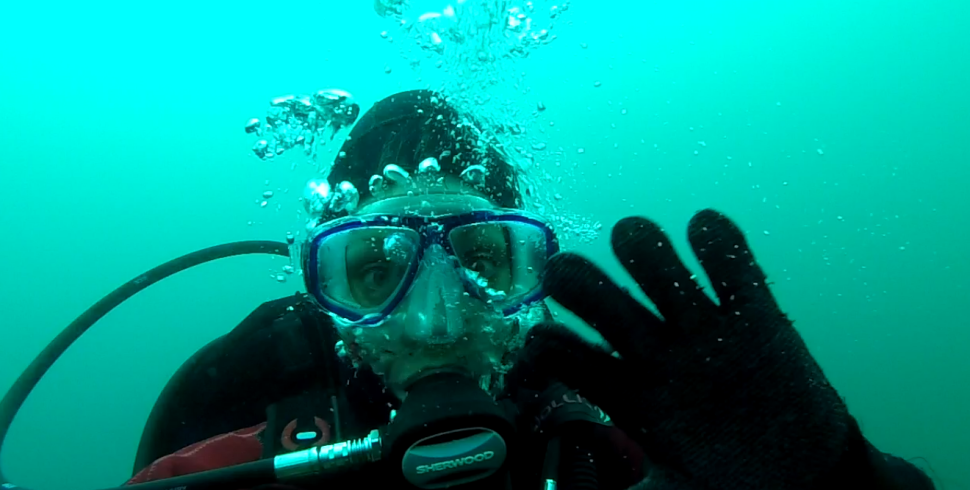
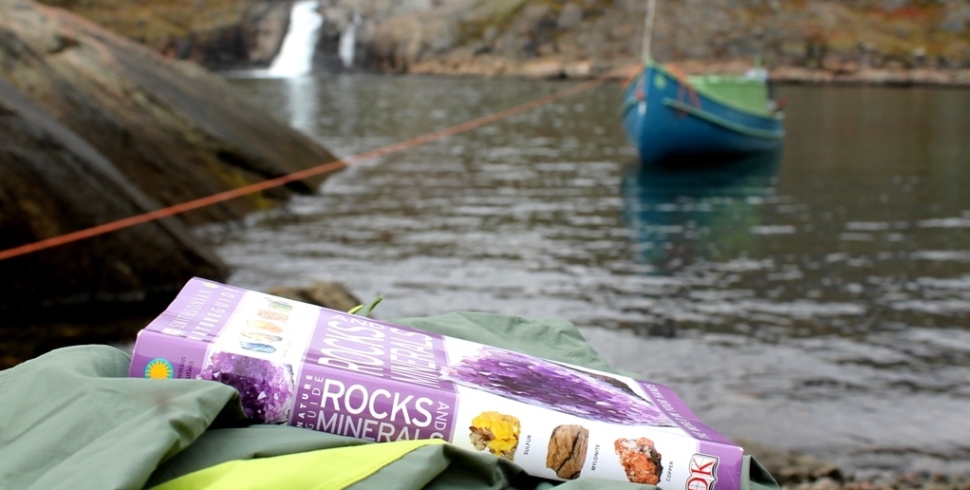




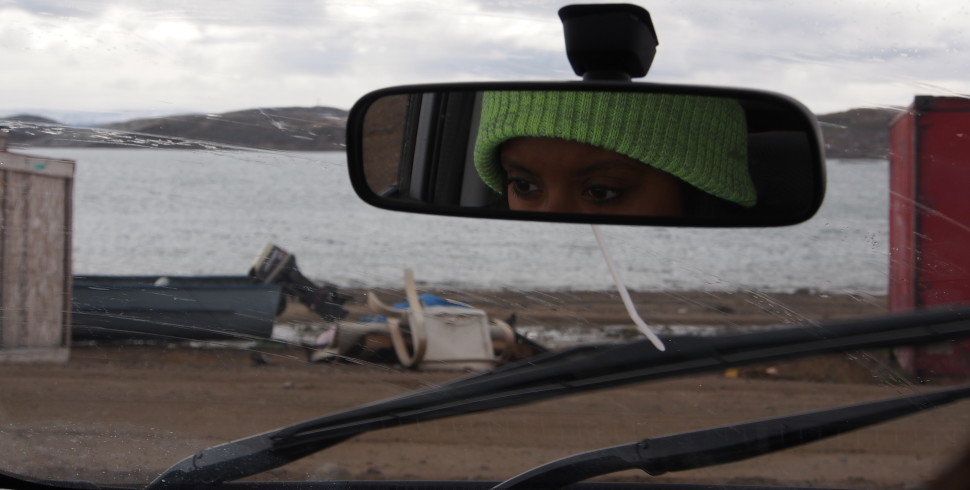
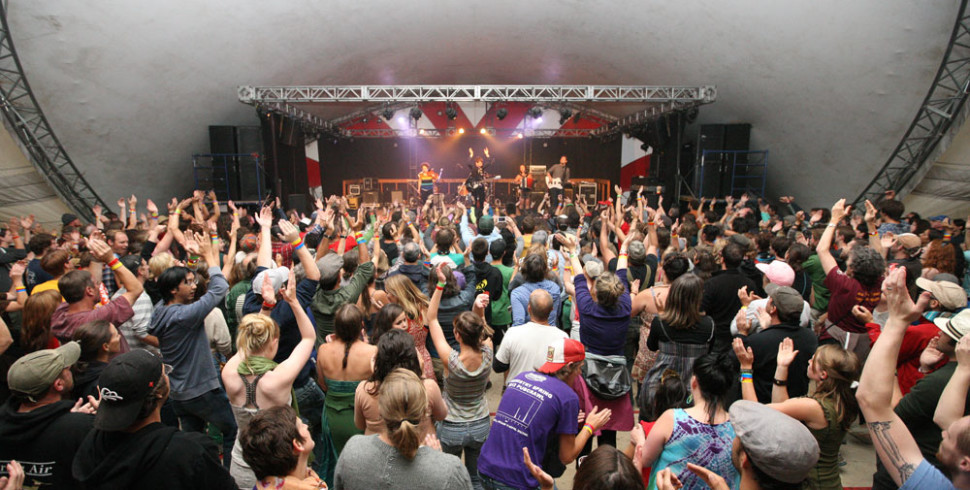
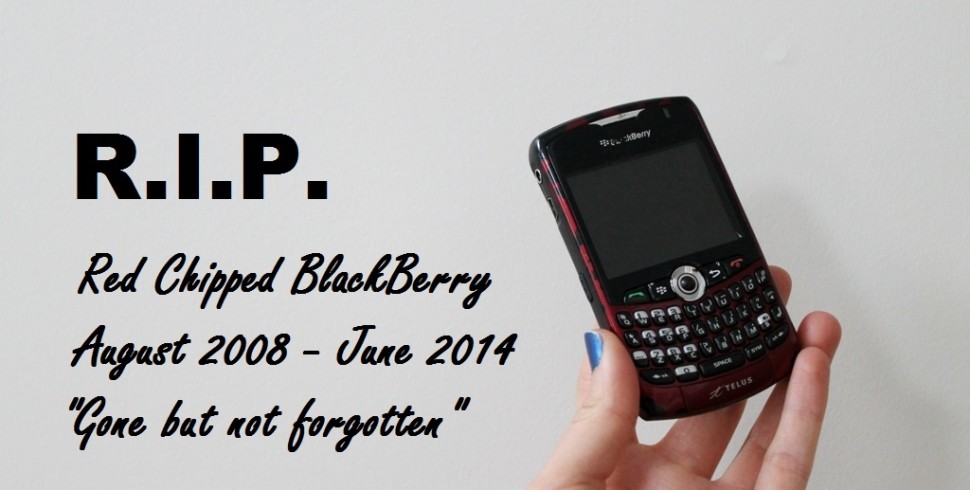

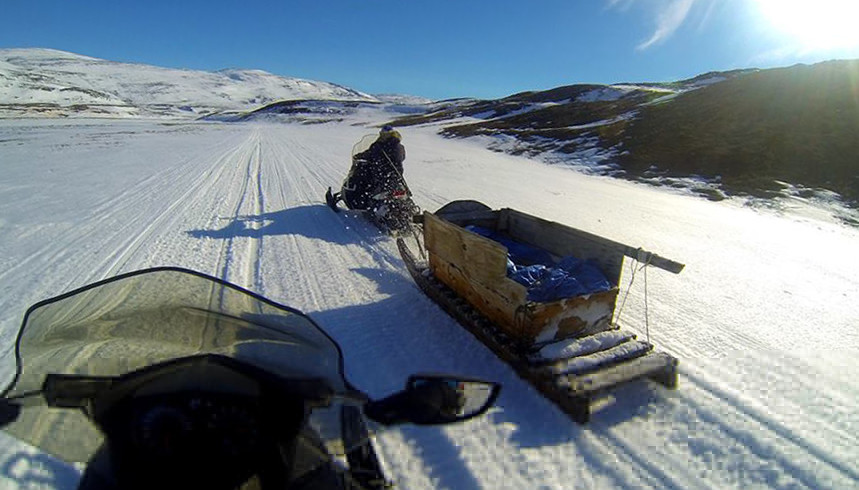

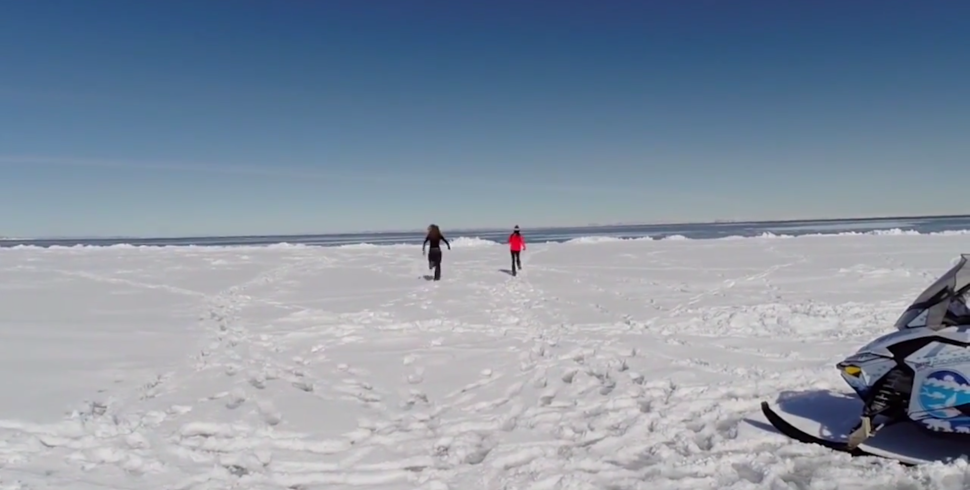

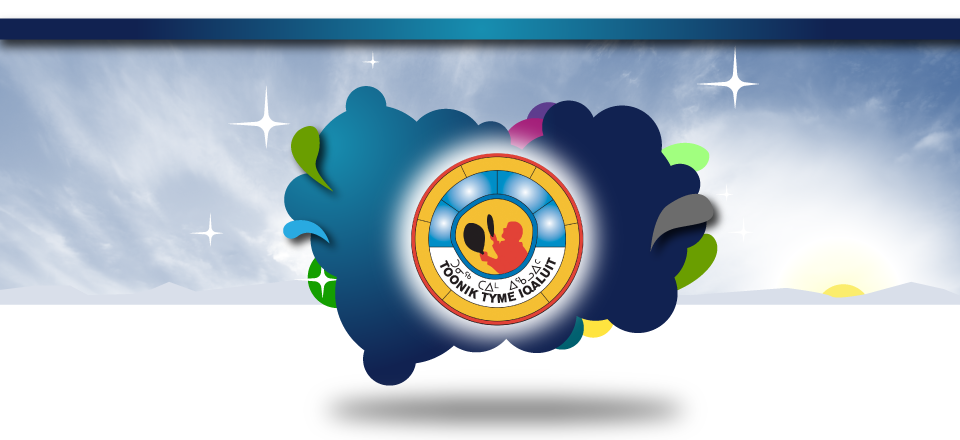

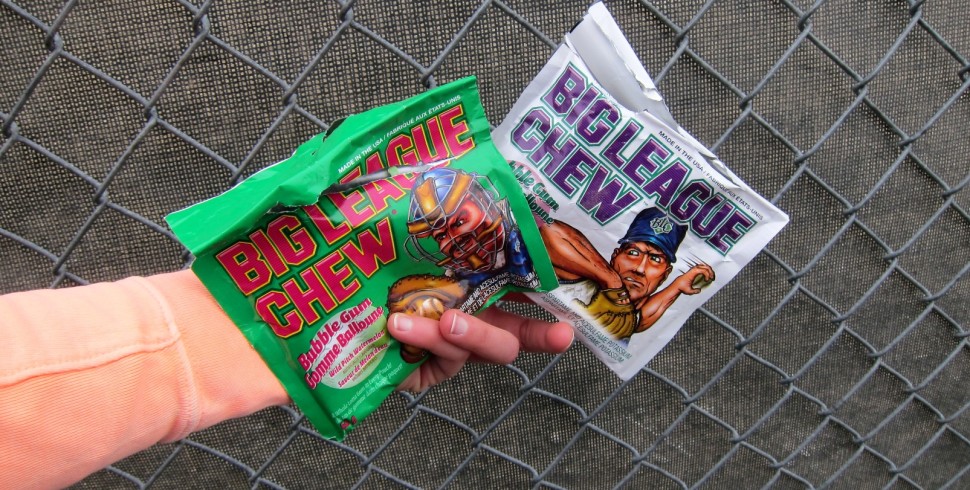
Pingback: My Experience with Online Dating in Nunavut - Finding True North